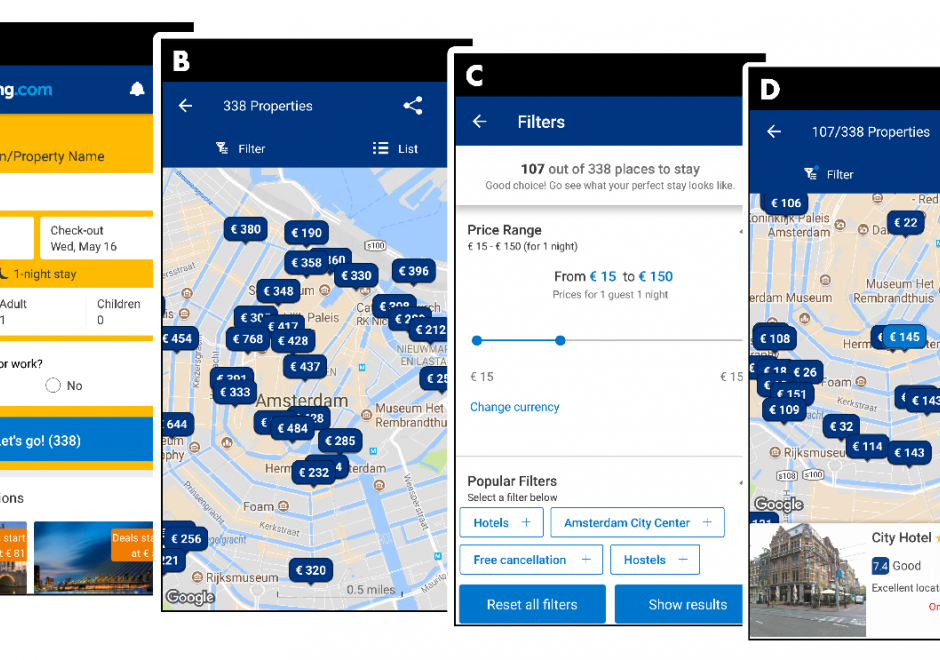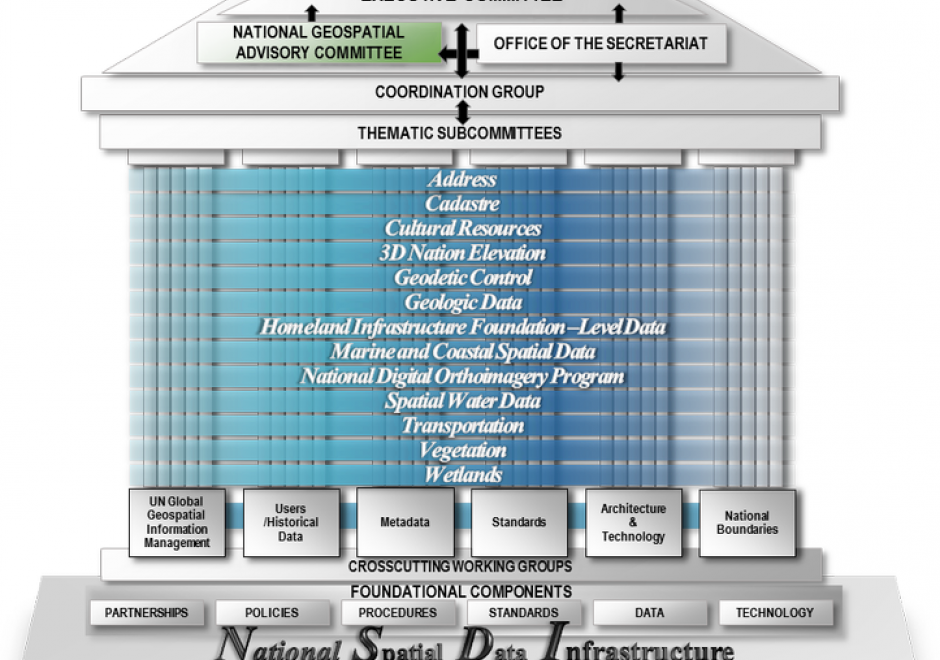AM-82 - Microsimulation and calibration of agent activities

- Describe a “bottom-up” simulation from an activity-perspective with changes in the locations and/or activities the individual person (and/or vehicle) in space and time, in the activity patterns and space-time trajectories created by these activity patterns, and in the consequent emergent phenomena, such as traffic jams and land-use patterns
- Describe how various parameters in an agent-based model can be modified to evaluate the range of behaviors possible with a model specification
- Describe how measurements on the output of a model can be used to describe model behavior





FC-01 - Metaphysics and ontology